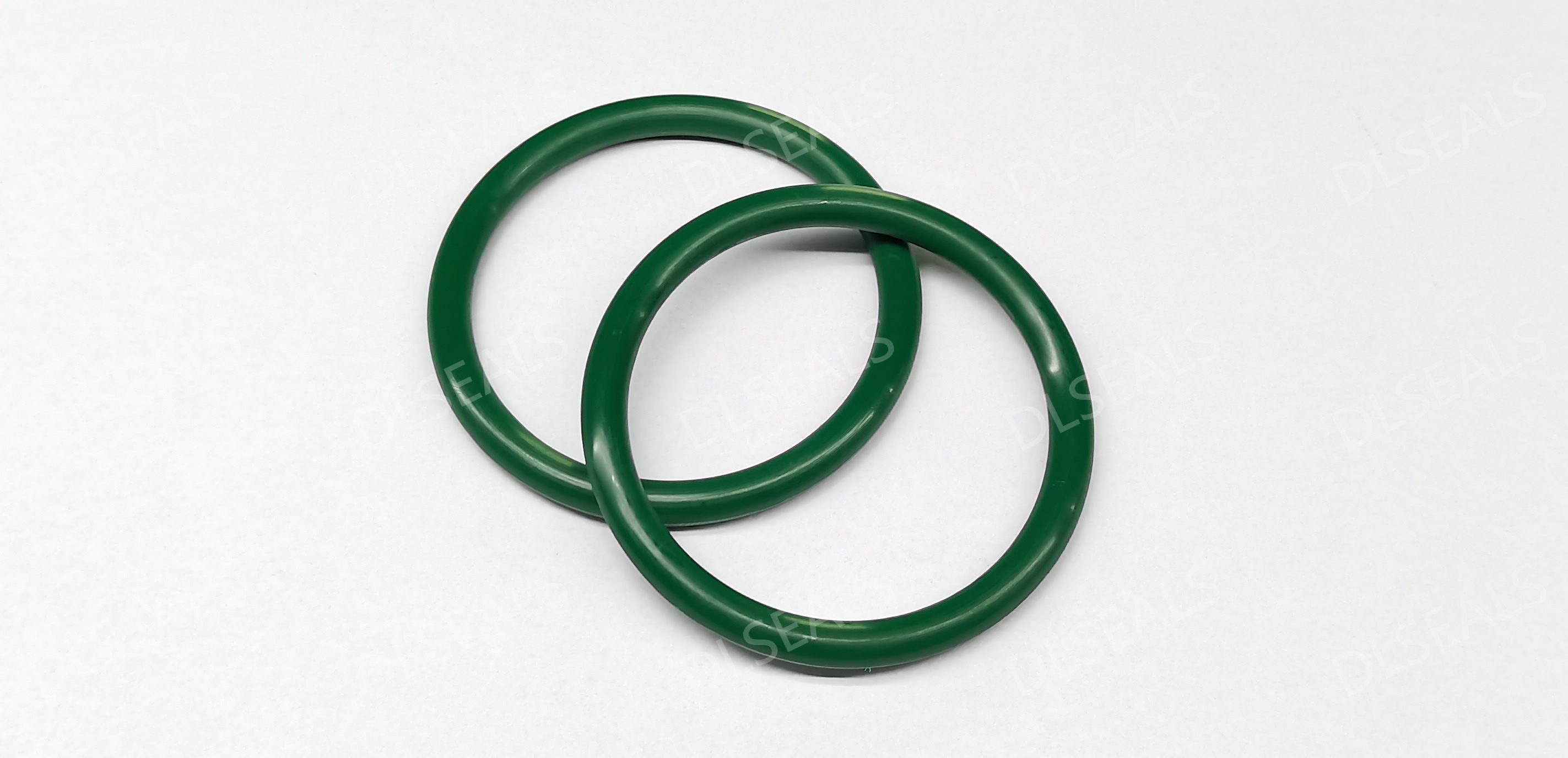
summary
O-ring, as a sealing element widely used in industrial and household equipment, is known for its simple design and efficient sealing performance. Understanding its basic principles and material properties is crucial to the correct selection and application of O-rings. This article will delve into the technical principles and commonly used material properties of O-rings.
text
1. History of O-rings
Origins: O-rings date back to the 19th century and were originally used to seal early automobiles and piping systems.
Development: With industrialization and technological advancement, the design and materials of O-rings have been continuously improved, and they have gradually become an indispensable part of modern industry.
2. Functional principle
Sealing mechanism: The O-ring generates contact pressure through compression and blocks the gaps in the sealing surface, thereby preventing the leakage of fluid or gas.
Compression ratio: A reasonable compression ratio (usually 15%-30%) is the key to ensuring the sealing effect. Too low a compression ratio can cause leakage, while too high a compression ratio can cause wear and deformation.
Resilience: The rubber material of the O-ring is elastic and can rebound quickly to maintain sealing pressure.
3. Material selection
Choosing the right material is key to ensuring that O-rings work effectively in a variety of environmental conditions. The following are several commonly used O-ring materials and their characteristics:
NBR (nitrile rubber):
Characteristics: Oil-resistant, wear-resistant, and general chemical-resistant.
Applications: automotive engines, hydraulic systems, fuel systems.
Temperature range: -40℃ to 120℃.
FKM (fluorine rubber):
Features: Excellent chemical resistance and high temperature stability.
Applications: Chemical equipment, aerospace, pharmaceutical industry.
Temperature range: -20℃ to 200℃.
EPDM (ethylene propylene rubber):
Features: Good weather resistance, ozone resistance, heat resistance.
Applications: hot water systems, refrigeration equipment, automobile radiators.
Temperature range: -50℃ to 150℃.
Viton (fluorine rubber):
Features: High temperature resistance, oil resistance, chemical corrosion resistance.
Applications: Highly demanding industrial equipment, chemical processing equipment.
Temperature range: -20℃ to 250℃.
Silicone rubber:
Characteristics: Good high and low temperature resistance, electrical insulation.
Applications: Electronic equipment, food processing equipment, laboratory equipment.
Temperature range: -60℃ to 230℃.
4. Material performance comparison
Temperature resistance: The temperature resistance properties of different materials vary significantly, and the upper and lower temperature limits of the working environment should be considered when selecting.
Chemical resistance: Highly demanding chemical environments require the use of materials with excellent chemical corrosion resistance, such as fluorine rubber.
Wear resistance: Mechanical parts that move frequently should use materials with good wear resistance, such as nitrile rubber.
in conclusion
As a key component of mechanical seals, the O-ring’s design and material selection directly affect the performance and life of the equipment. Understanding the basic principles and material properties of O-rings can help make correct choices and optimize designs in practical applications, thereby improving equipment reliability and efficiency. Whether in high temperature, high pressure, or highly corrosive environments, the selection of appropriate materials and properly designed O-rings are the basis for ensuring the safe operation of equipment.
Post time: Nov-01-2024
